[responsivevoice_button voice=”UK English Male” buttontext=”Listen to Post”]
Can the Acid Slug Lower Total Alkalinity Without Affecting pH?

The ability to control whether you lower Total Alkalinity or pH by the method in which a dose of acid is added to a swimming pool would certainly be of great value to the Pool Operators.
“To lower Total Alkalinity drastically with only a slight effect on pH, simply take your dose of acid and pour it slowly into one spot in the deep end of the pool. You’ll actually see the bubbles forming around where the “slug” is added – that is, the bicarb burning off and bubbling up. If you wish to lower the pH without also reducing the Total Alkalinity, simply pour the dose of muriatic acid about the pool.“
This would all be wonderful if it was only accurate. Still, just like the mythological “Chlorine Lock,” folkloric tales within the swimming pool industry do persist. But, Lowering Total Alkalinity Without Affecting pH?
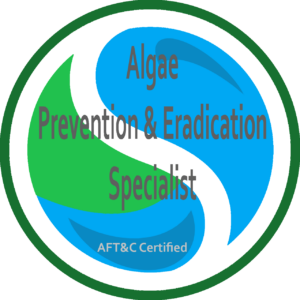
When hydrochloric acid (HCl) is added to water, the molecules disassociate into both hydrogen ions (H+) and chloride ions (Cl–). This happens, no matter how it is added. To keep it simple, when you increase the number of hydrogen ions in a solution, the water becomes increasingly acidic. Remember, pH stands for Potenz Hydrogen, which can be interpreted from the original German to “Hydrogen Concentration.” So, if adding acid to water increases the hydrogen ion concentration no matter how you add it and pH (Potenz Hydrogen) is the “Hydrogen Concentration”… Hmmm?
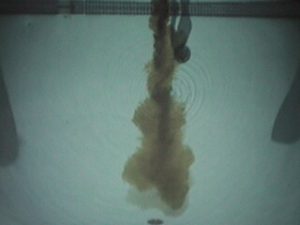
All prepared to conduct my own experiments for this article so that I could offer definitive proof to those firm believers of Acid Slugology, I stumbled across some research that had been conducted by the folks (Kim Skinner, Que Hales, and Doug Latta) at onBalance. Their study, Laying to Rest the Acid Column Myth, involved an experiment which depicts precisely what happens, where the acid goes, and the potential danger in the “Slug” and/or “column.” Instead of replicating the experiments, I reached out to my friend and associate Que Hales, who gave his blessing in our sharing their results.
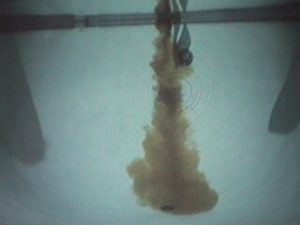
To conduct the research, Que and the gang added phenol red powder to the acid to give it a bit of color (acid is clear, you wouldn’t have seen it otherwise). Acid is heavier than water, so it only makes sense that it would sink to the bottom of the pool after you add it. Then, with an underwater camera, they snapped shots in a play-by-play account of what actually occurs.

What was observed was a dose of acid sitting at the floor of the pool for hours…? Consider the potential damage that could occur with a “slug” of acid (pH of 2.5) sitting in one spot, on the plaster, for hours. ? Better yet, what if this dose had crept along with the bottom etching a trail as it approached the main drain. How would this affect the equipment?
phenol red is the chemical we use to test pH; kind of easy to remember because phenol red starts with pH
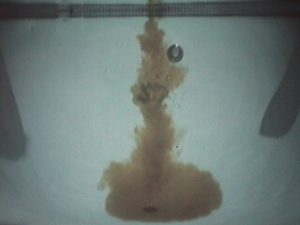
“The plain and simple fact of the matter is that a given amount (or “dose”) of acid added to a fixed volume of water (the pool) will result in an identical reduction of both pH and alkalinity. Every time. No matter how it is added. That’s the rule, that’s science…” – onBalance
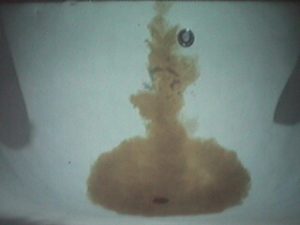
They do point out in their research that the blob of acid did eventually dilute and that if added to a swimming pool while the circulation system is running, the dilution will occur at a quicker pace. Brushing the pool following the dose will also expedite the adulteration. But, this defeats the theory in the myth. Doesn’t it? Pour it in slowly and stir ??
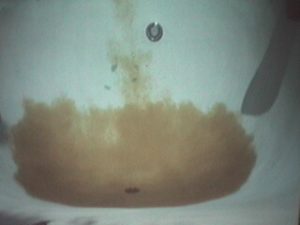
The reality of it is that you can not raise or lower one without affecting the other, with very few exceptions. If you add acid to the pool to reduce the pH, you will also reduce the Total Alkalinity. If you add acid to the pool to reduce the Total Alkalinity, you will also lower the pH. This is true, no matter how you add it.
The same holds true when a chemical is added to increase pH or TA. Both sodium bicarbonate (baking soda) and sodium carbonate (soda ash), when added to water, will increase both the pH and the Total Alkalinity (though you do have a bit more control over the concomitants of the actual intent when adjusting either upward).
I did mention that there are some exceptions. You can decrease pH without lowering the Total Alkalinity using Carbon Dioxide (CO₂) injection for pH control. Still, this does not lessen one without an effect on the other. When CO₂ is injected into water, it forms carbonic acid (H₂CO₃), which will reduce the pH.
Still, the dose will ultimately increase the Total Alkalinity, requiring a dose of acid to be added for TA control at some point. The only method of increasing pH without increasing or lowering the Total Alkalinity is through aeration as discussed in our article: Raising pH with Air
Laying to Rest the Acid Column Myth, onBalance – Kim Skinner, Que Hales, and Doug Latta, Photos and excerpts shared with permission: Que Hales, onBalance. onBalance Technical Research Doc from The Journal of the Swimming Pool and Spa Industry: The Addition of Muriatic Acid
Related Story: Online CPO Class
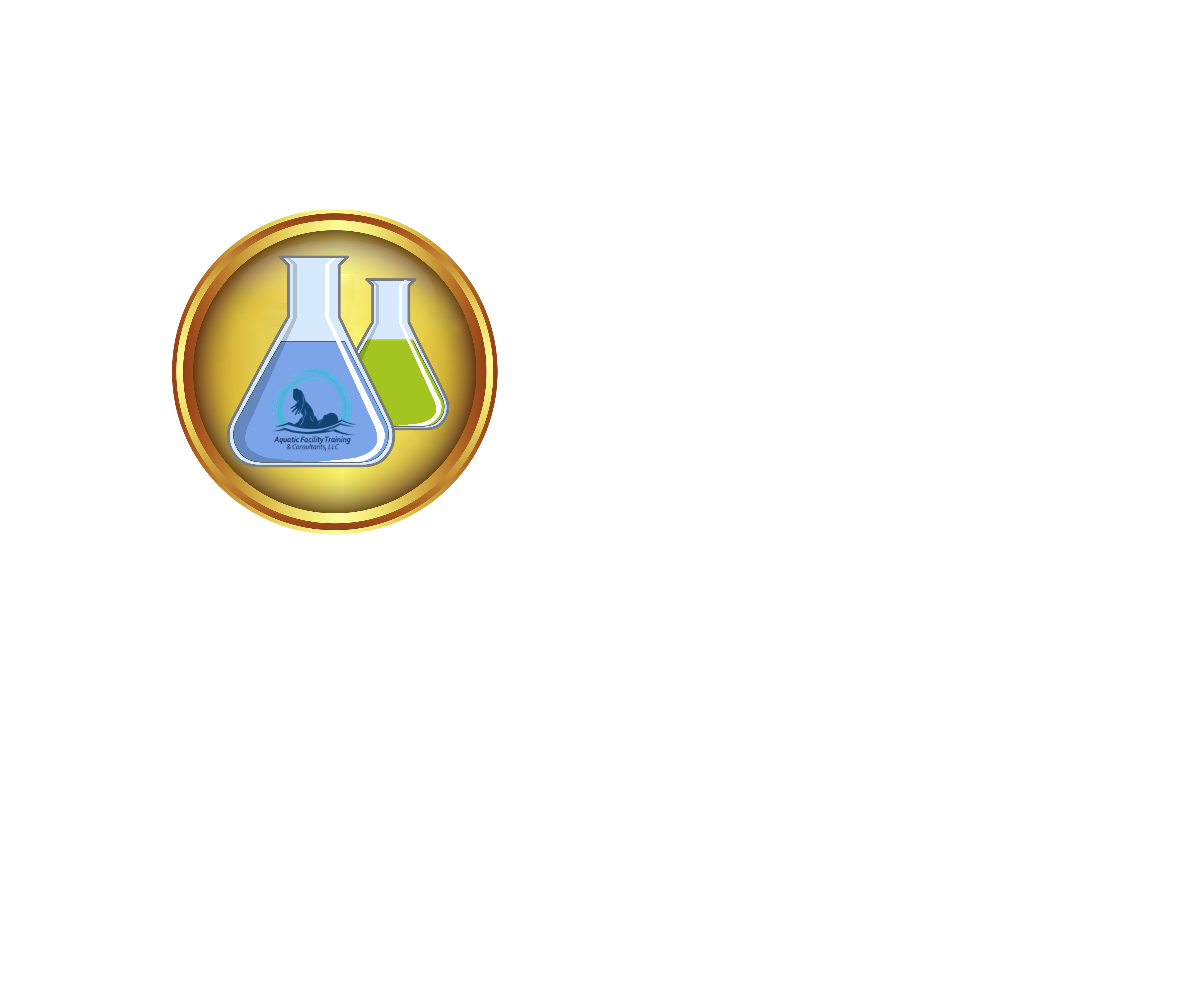
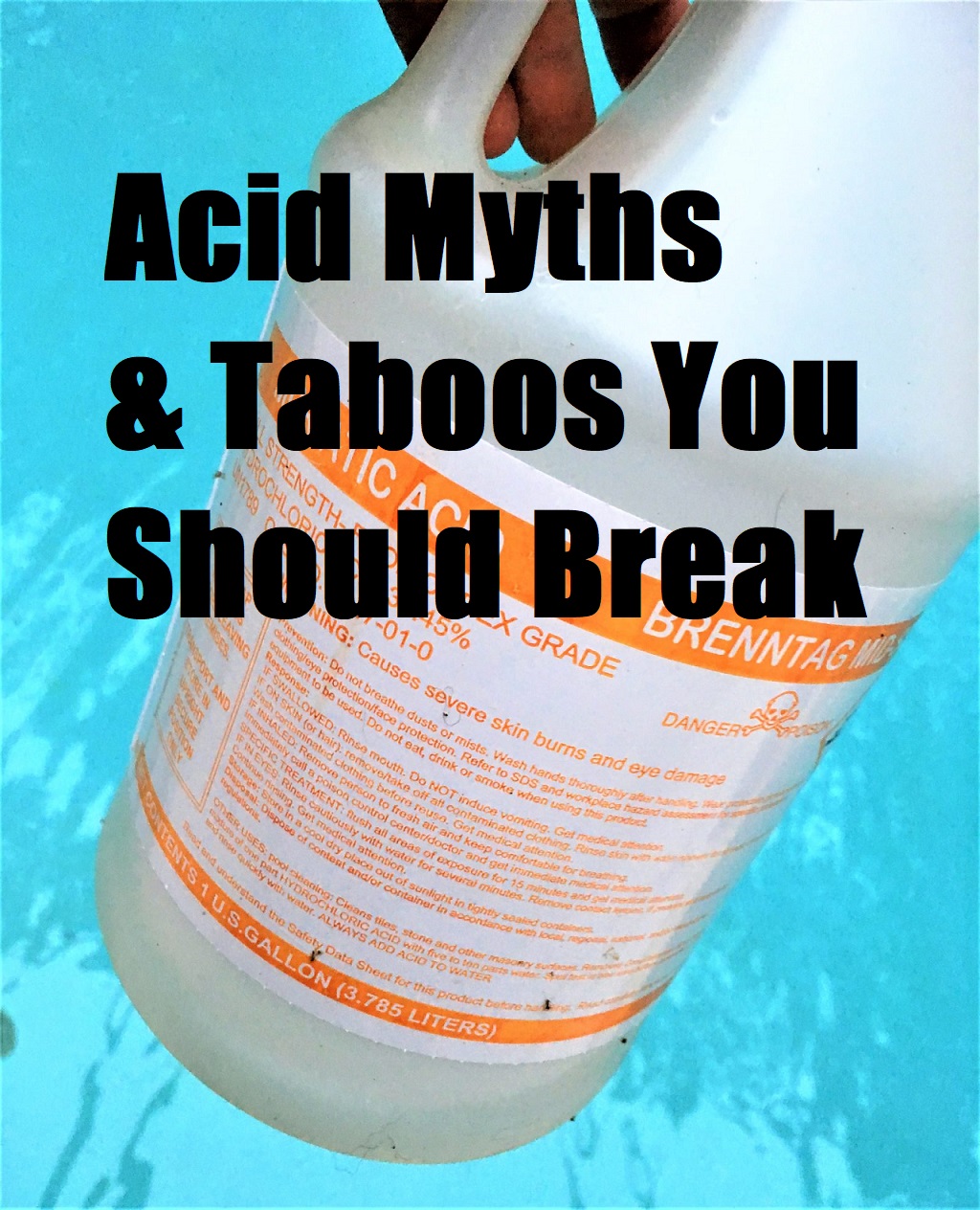

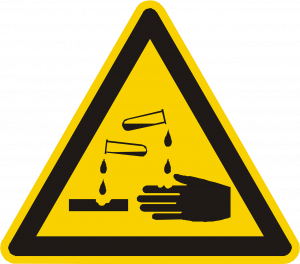


This is fantastic. I’m new to the pool industry and had not only bought into this myth…but was unaware what PH stood for! Thanks for breaking it down into laymen’s terms that I can even share with my guests! Wonderful!
Thank you Jules!
Er, surely you can reduce overall alkalinity without reducing ph simply by adding water. If you run off water from the pool then add water then the ph will remain around 7 whilst the alkalinity will go down, no?
You could if the pH and Total Alkalinity of your fill water allow. Meaning that the pH of the fill water is identical to the starting pH of your pool water and the Total Alkalinity is lower.
It is an excellent article that I was searching. Can you give a suggestion on whether I should use vinegar to lower alkalinity in a pool?
Thank you and thank you Al Jovayer Khandakar for reading! My concern in adding vinegar would be in the formation of harmful sodium acetate as a byproduct. Stick with either HCl (Muriatic Acid) or NaHSO4 (Dry Acid) depending upon pool type. ?
Not to quibble over it, but what “pH” stands for is disputed, as Sorensen, the Danish chemist credited, never stated what the pH stood for. But my high school taught it as “pouvoir Hydrogene”, or power of Hydrogen in French, as the original term. In support of this, Sorensen published his paper while working at Carlsberg Laboratory in Copenhagen, which at the time was French speaking. Nevertheless, pH works in German and Latin also! 🙂
yooniverse@gmail.com if we wish to get down to the nitty-gritty of it, he did indeed document what pH stands for and it is much simpler than we have all made it out to be. Michelle Francl (Department of Chemistry, Bryn Mawr College) let the cat out of the bag in her article in Nature Chemistry volume 2, pages600–601(2010) where she cites Sorenson’s original notes which are still available at the Carlsberg Foundation. Sorensen used the letters p and q to label his electrodes: the positive, Hydrogen electrode, being p, the negative he labeled with the next letter in the alphabet, thus q. Ultimately he shortens the description of the positive, Hydrogen electrode to simply pH.
If you have an account on researchgate you can request the full text here https://www.researchgate.net/publication/45282675_Urban_legends_of_chemistry
With that said, the Carlsberg Foundation does currently refer to the scale created at their facility as ‘Power of Hydrogen’, which in German is said Potenz Hydrogen which is exactly the same and honestly just more fun to say. ?
Makes sense as Germans would say Wasserstoff Potenz resulting in Wp instead of Ph, but the French will say Puissance de l’ hydrogène (not pouvoir). Sorry for being a multilingual pedantic know-it-all
This makes perfect sense but has confused me more! I have perfect PH but TA sat at over 250. I literally have no idea how to reduce the TA but not impact the PH now too! I thought to add borax to raise the PH only (based on your article this is impossible) and then muriatic acid acid to lower both PH and TA. Is it possible to only reduce the TA?
Use muriatic acid and in a dose to lower the Total Alkalinity as normal. Loosen the collar on one of the through the wall return jets and aim the eyelet toward the surface so that it causes the water to ripple. The turbulence that this creates will cause aqueous CO₂ to outgas and result in a rise in pH. Turbulence is the one method that will increase pH without affecting the TA.
great – thank you! i will try this! Although i have Sodium bisulfate, rather than muriatic acid?
Sodium bisufate is also known as ‘dry acid’. It is the safer option for vinyl and fiberglass pools and spas. Just follow the instuctions on the container for dosing.
Hello. So if I use to aerator to cool my pool down in the Phoenix, Arizona hot summer, or use my water feature, my ph will always remain higher than 7.8?
Not necessarily. The pH will rise. How high it goes is dependent upon many factors (ie Total Alkalinity, environment, etc). Every pool is slightly different, like a fingerprint. You will have to monitor and see what methods provide you with the most consistent desired results. Like an MD/Patient relationship.
This is by far the best solution I have found after visiting the local pool experts and searching online. My alkalinity is over 300 yet ph is normal and the local experts insist my pool chemistry is just fine. Adding a small sprinkler to one of my 4 jets seems like it would provide reasonable aeration.
Does Borax raise PH without adding to the alkalinity?
Hey Jason, In the ranges that we typically maintain swimming pool water chemistry, a dose of Borax (sodium tetraborate pentahydrate) will increase both pH and TA substantially. If you opt for Boric acid instead, you will reduce the pH slightly without affecting the Total Alkalinity at all.
That’s weird must be more pool folklore. I thought the entire purpose of using Borax was because it contains no carbonates and thus would not affect Alk? No wonder my alk is high
Some do use borax to raise pH upon the dose, and it, as you have pointed out, will do this. The more common reason for use is to establish a residual that, after rebalancing the pH, will buffer against an upward pH drift. The residual also serves as an algastat, assist some in preventing chlorine degradation to solar UV, and gives limpid water with a silky feel. A borate test kit is also a good idea as the level does dissipate, similar to CH & CyA. 30-50 ppm is the ideal range with 50ppm as the NSF/EPA max.
I just dropped in some acid and brought the PH /ALK down. Turned a return jet up to try and bring PH back UP. Thanks again for the info!
great article!!! i’ve been using chlorine 1″ tabs, trichloro-s-triazinetrione that were marketed as pool and spa on my hot tub, because it is convenient to have a float, but i think that they have caused my water issues. my ph is too low and my ta is too high. i frequently test and adjust chlorine and ph, in addition to the chlorine float. i’m wondering what to do to fix the low ph and high ta. i’d prefer to not do a full water change. i was thinking of maybe doing a partial water change (half). some people have suggested Muriatic Acid with aeration? i’d prefer to not do a full water change because the water is clear and i’m only 2 months from my last one. some people have suggested i use less or no calcium when i initially fill it. i currently bump calcium to 200ppm when i fill. i’d like to be able to use the remaining 1″ tabs, i still have quite a few, but not if they are going to give me too many problems i can’t work around, or if it quickens my need for water changes. does magnesium oxide raise ph more than it does ta?
thanks!
Keith
Pingback: How Do I Lower My PH Naturally? – gordyfish.com
Pingback: How Do You Fix High Alkalinity And High PH In A Pool? – Erickkasysavane
Pingback: How Do I Lower The PH In My Pool Without Chemicals? – Erickkasysavane
It is all cool when we are talking about small increase/decrease but what if after a lot of rainy days your pool goes below 5PH. Mine was 4.8 PH and I used bicarbonate sodium(normal baking soda). I probably did not dream to get it to 7.4PH with just 1kg of soda in 40000 litres pool and indeed it was not enough. In 2-3 days in went to 5.8PH but I run out of soda. So I bought a big 25kg bag of soda ash and added another kg of it. It actually did not help and now(24 hours later) PH is just 5.5. I do not have strips to check alkalinity but I bet it is super high now. Kind of does not make any sense to add more soda ash for now so I need to go down in alkalinity which will reduce PH that is already low. It is a lock. I think the simplest way is to drain my pool at east 1/3 an add tap water. My tap water is 7PH so that should bump PH but not alkalinity.
Any other ways without draining to bring PH up to say at least 7-7.2 without affecting alkalinity?